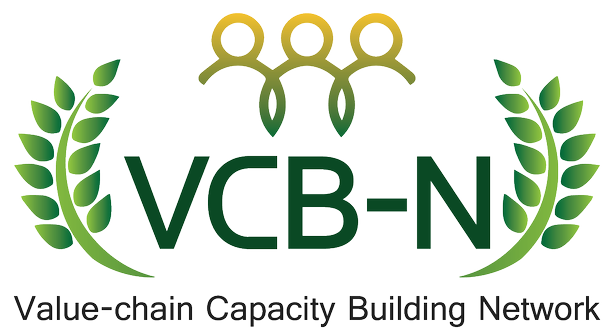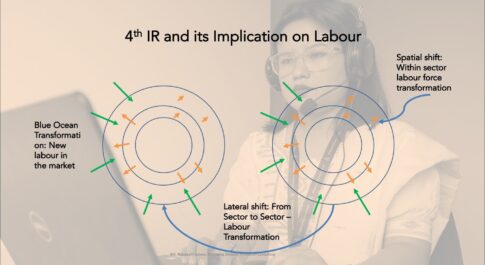
Training materials
What is a market system
Market systems approaches address the underlying causes of poor performance in specific markets that matter to people living in poverty, in order to create lasting changes that have a large-scale impact.
To get the most out of BEAM Exchange, it’s important to understand what market systems are and why they matter to people living in poverty.
Here you will find a clear explanation – based on the three common components of any market system: the core market, supporting functions and the rules.
1. A core market…
Simple exchanges of goods or services, such as labourers earning wages, smallholder farmers selling crops, or households buying domestic commodities, lie at the heart of market systems. Often these exchanges are more complex than they seem: forming part of a longer chain of transactions involving multiple ‘players’. Starting with manufacturers, for example, that sell to distributors, who in turn sell to wholesalers, then shopkeepers and finally to households that buy the products.
This value chain maps the relationships between buyers and sellers, who are linked together. Each of their behaviours depend on their roles and functions, incentives and capabilities. This in turn shapes the availability, choice, price and quality of goods or services exchanged. This ultimately determines how effective and accessible the market is for poor people.
2. … with supporting functions…
Supply chains can only develop and survive if there are supporting functions: services, resources and infrastructure. With rice, for example, the supply chain might rely on factors such as access to transport, irrigation services, agricultural inputs and credit.
This may be true even if the chain only involves two types of ‘player’, such as labourers working for construction companies. Here, a wider network of related services and infrastructure – such as transport services, materials supply-chains, electricity, banking services – are required for the core exchange to take place.
The existence and quality of these supporting functions can therefore have a major impact on the benefits that poor people derive from these exchanges.
3. … and rules
Value chains and supporting functions do not happen in isolation. They are always subject to an institutional context or business environment – laws, regulations, standards, social rules and behaviours that influence when, where and how exchanges take place.
These determine the power of buyers and sellers along the value chain. For example, by preventing (or enabling) monopolistic behaviour, regulations influence how economic benefits are distributed.
Governments, regulatory agencies, infrastructure providers and business associations often create these rules. But they can also be shaped by broader societal values and attitudes, such as cultural attitudes that restrict women’s access to work.
You may want to read








